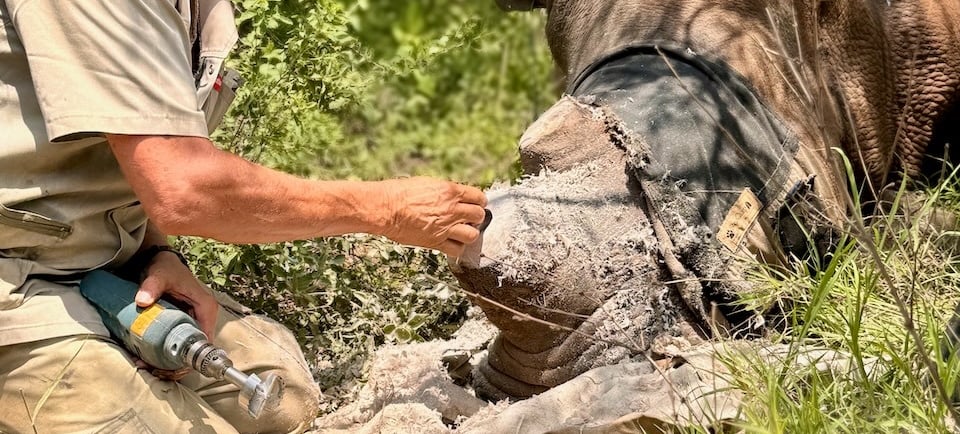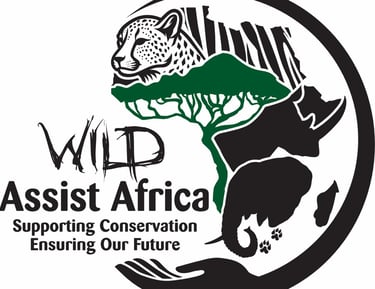Removing Rhino horns
The Harsh Reality Behind a Hard Choice


At first glance, removing a rhino’s horn might seem extreme, even cruel. But in today’s conservation landscape, it’s sometimes the only way to keep these incredible animals alive. While not a guarantee against poaching, research has shown dehorning to be one of the most effective deterrents, tipping the risk–reward balance against poachers.
WildAssist Africa works closely with wildlife reserves to support safe, professional dehorning efforts. This is never a decision taken lightly, but a direct response to the devastating impact of the illegal horn trade.
When carried out by trained professionals, dehorning is painless and temporary. Rhinos are anesthetized, the horn is trimmed above the growth plate (similar to cutting fingernails), and the animal wakes up safely - groggy, but unharmed. Research shows stress levels rise briefly in the days after, but quickly return to normal.
Removing the horn reduces the incentive for poachers and gives rhinos a fighting chance to live in peace. It’s not a silver bullet, but part of a broader conservation strategy that also includes monitoring, security, community engagement, and education.
We understand the emotional weight of this work, but sometimes saving a life means making hard choices.
#WildAssistAfrica #RhinoConservation #StopPoaching #SaveTheRhino #AntiPoaching #ProtectWildlife #ConservationAction

